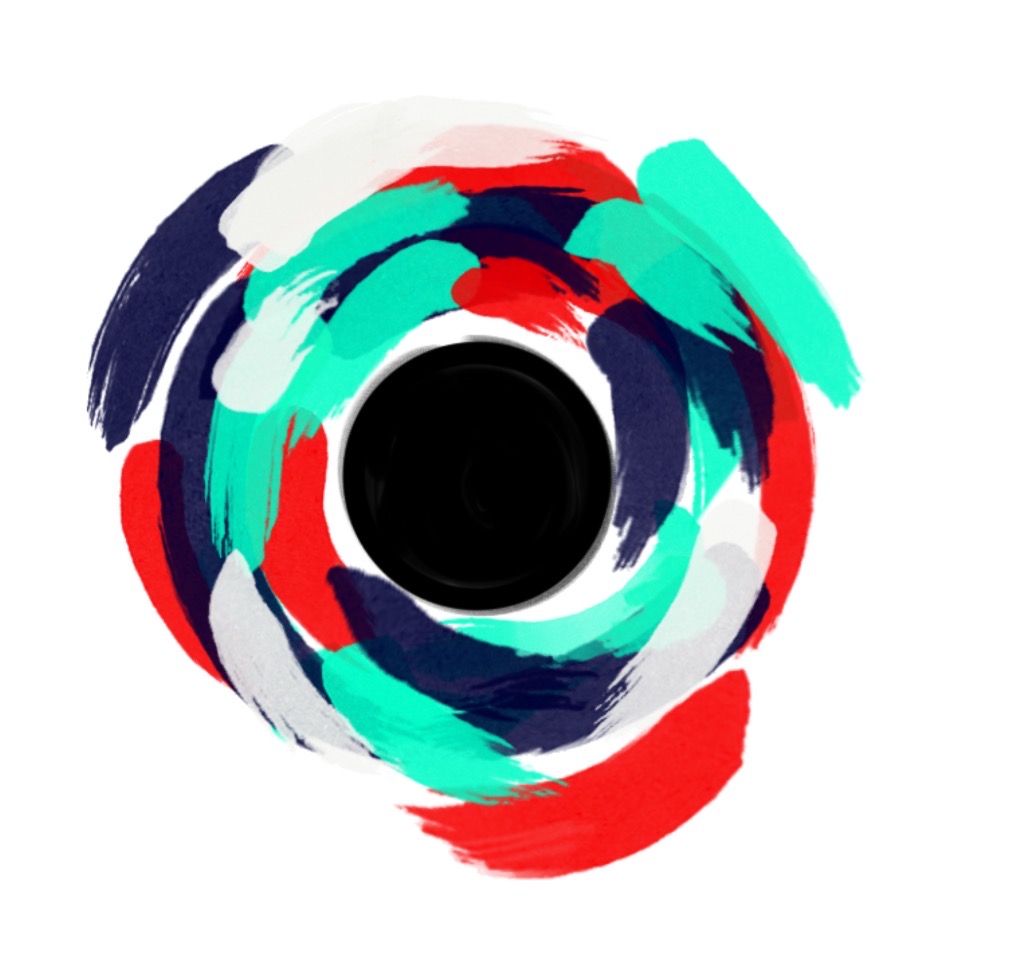I think I've tried them all at some point. None of them have stuck. Ive never gone back to using any of these except the last one (which I'm not sure is an actual palette). Now this post may sound a little rant-like but bear with me!
1. Glass palettes
Artist's love these and I really don't get it! They are easy to clean and you can change the backing to make it perfectly 'clean'. But since I work with large formats (usually) and on the floor, I need it to be more portable and convenient than a glass palette can be! They are too heavy and unwieldy for me to keep moving around or even rest of my painting.
2. Wax Paper or Tear Away Palettes
You know, they come in a pack and you basically rip off the pallete and throw it away. Ok, I used these for a while cause I had so many, but once again they didn't stick. They work well for just paint but when I mix in mediums and thinners, they tend to run over the edge or merge. Which leads to disaster as I tend to put my canvas on the dry section of my painting!
3. Wooden and Plastic Palletes
Every artist started with one of those plastic palletes! The ones with the little wells and thumb hole. And of course, the more traditional wooden ones. I really love these for one reason: they keep a piece of each painting. But eventually this turns into a con! I've had palletes that became so caked in paint that they were entirely unusable. And I'd rather not keep spending money on palletes
4. But finally! I found the right one! It's cardboard. Literally cut up pieces of packaging. I know it sounds ridiculous but not only is it cheap it works so well. You can cut out the size you want, shape it to hold more fluid mediums and in the end if you love the colors you can keep it! (That's what I did with the one below) And best of all, its cheap and you're recycling your trash.
(5) Ok this one, I added as an afterthought! There comes a time when you're too lazy to grab another bit of card or maybe you're in the moment and don't want to pause to cut up boxes. I started just using my tarp for simple techniques. Like below, it works really well for pallet knives and those plastic wipers (sorry, I don't know what they're called!)
Sorry about the rant, but hope it helped anyway! If you guys know any other types of pallets, let me know!
Shivani












